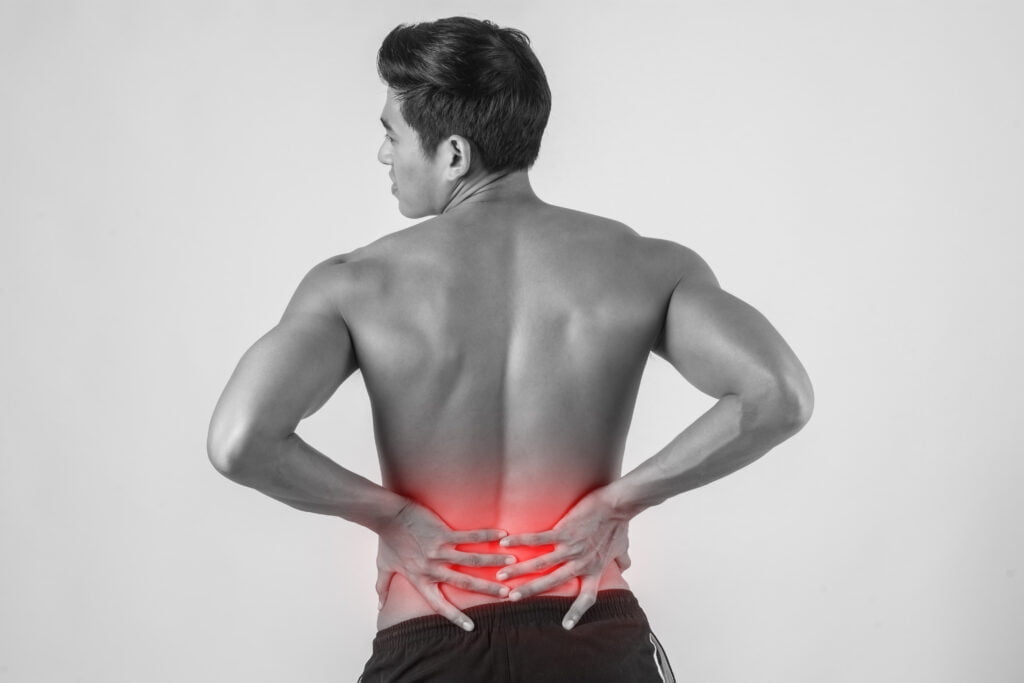How to Prevent and Treat Low Back Pain Caused by Hyper Lordosis: A Complete Guide to Understanding the Causes, Symptoms, and Solutions for This Common Spinal Condition -Physio Horsham

Introduction
When the curve of the lower back becomes bigger, the front part of the spine gets more pressure. The body’s balance also moves forward. Some people believe that bad posture and back pain are linked to this bigger curve and pressure. But from a mechanical point of view, having a bigger curve in the lower back makes back pain more common. However, many studies show that a bigger curve in the lower back does not directly cause back pain. Other things can make the curve bigger and cause back pain. For example, weak belly, short back muscles, weak legs, and tight hamstrings.
The Relationship between Lumbar Lordosis and Back Pain
A bigger curve in the lower back by itself does not cause back pain. So, we cannot say that back pain and the size of the curve are related. However weak belly muscles can change the shape of the curve and cause back pain.
The Role of Trunk Muscles in Lumbar Lordosis
People with bigger curves have slower muscles in the lower back, belly, and inside of the trunk. Weak trunk muscles are linked to a bigger curve and back pain. Weak muscles around the lower back and pelvis can disturb the balance of the muscles and make the pelvis and back bend in different ways. This can make a person more likely to have muscle and bone problems.
The Factors that Affect Lumbar Lordosis
The curve of the lower back depends on different things. Some studies show that age, sex, and how the body moves (like during pregnancy and obesity) affect the range of the curve. A bigger curve can have these causes:
- Born with spine problems
- Tilted hips
- Short back muscles
- Muscle imbalance around the pelvis (Lower Crossed Syndrome). This makes the muscles that keep the posture short and stop their opposite muscles from working well because of stress. It involves tight muscles that bend the hips, weak belly muscles, and weak muscles that lift the hips.
The Impact of Back Pain on Spinal Stability
People with back pain have less movement and feeling in the lower back. Their muscles that keep the spine stable are slower than those without back pain. Usually, these muscles work before moving, but they are delayed in people with back pain.
FOR FURTHER INFORMATION see your local Physiotherapist.
Click here to find your closest ANRC Physio clinic
FOR MORE INFORMATION see your local Physio Practitioner.
Quick Contacts
- Phone : +44 7483 807551
- Email : info@anrc-uk.com
- Locations : Horsham, East Grinstead, Ashurstwood, Lingfield
- Country : United Kingdom










